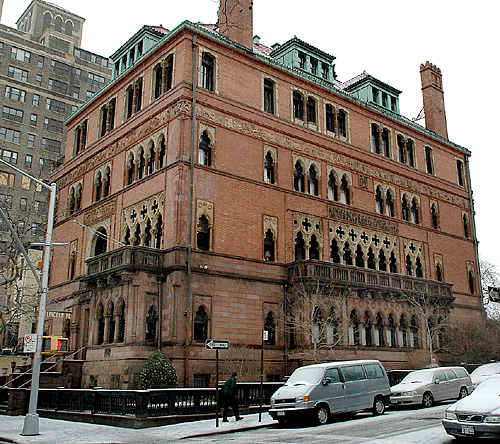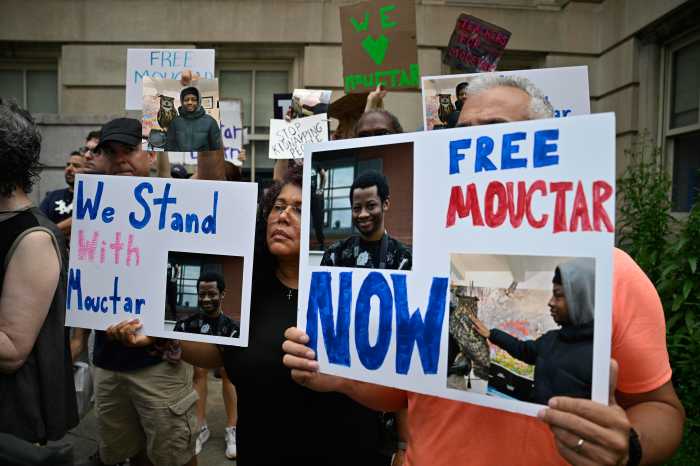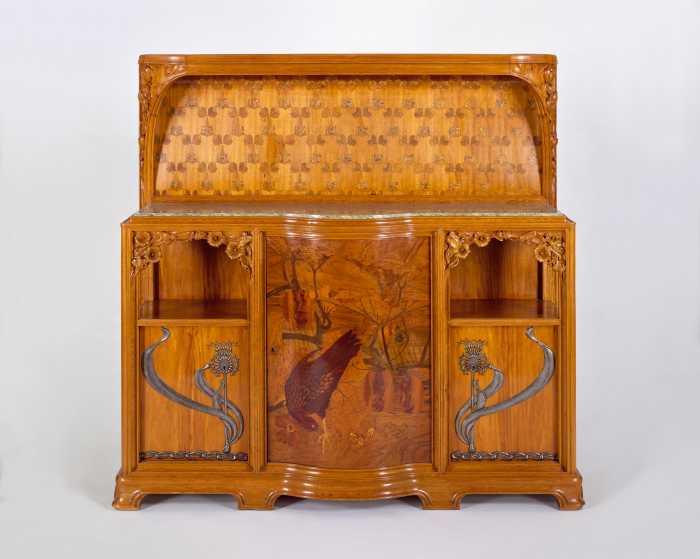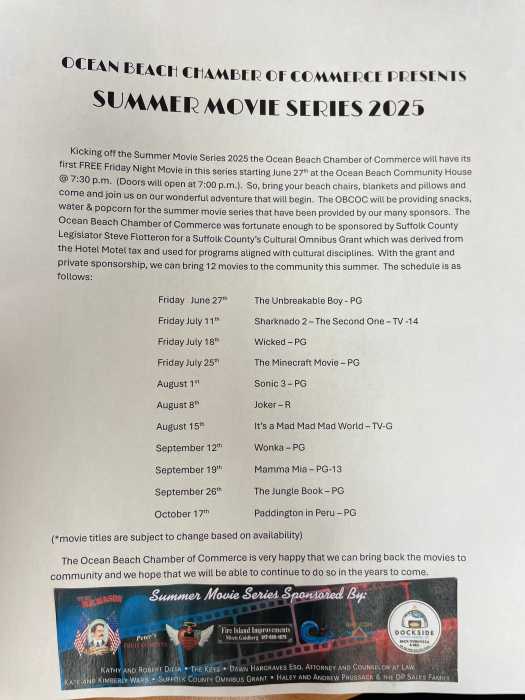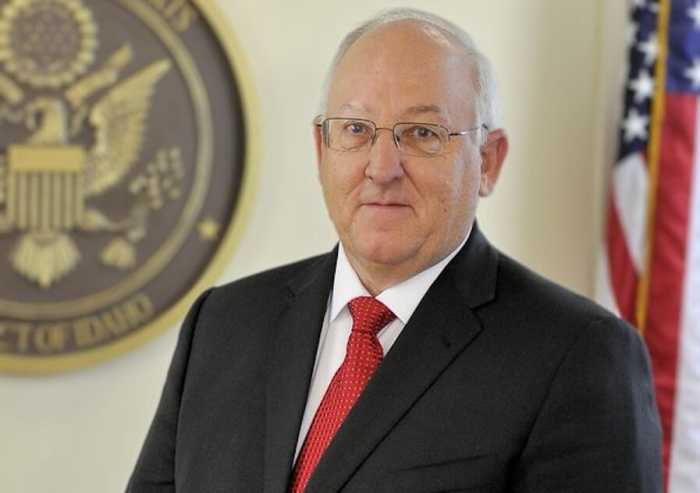It’s the grand comeback of the old gentleman’s club — a place where John D. Rockefeller would have been comfortable sipping brandy and smoking cigars in a comfortable leather armchair, surrounded by walls carved of mahogany and illuminated by Tiffany lamps.
Only this time, it’s got a 21st-century kick.
The venerable Montauk Club of Park Slope — founded in 1889 during the neighborhood’s first “Golden Age” — where men came to drink brandy and smoke cigars, to schmooze and network, had become an anachronism, a throwback, club members admitted.
“For a long time, the club was languishing,” said David Carter, a Montauk member and head of the club’s new arts society. “It can’t just be dinner and drinks. You can do that anywhere.”
So the infectiously enthusiastic Carter — and other club members like Aaron Hermann, the club’s new manager — are trying to start a new tradition for the club. More arts and entertainment events like book readings, wine classes and live music are being planned to draw in new members and bring back old members.
“A social mission is not enough to draw people out anymore,” said Carter. “Arts bring people together.”
Carter is no Brooklyn blueblood. In fact, he didn’t even know of the Montauk Club until he visited a friend in Park Slope four years ago.
“It drew me in,” he said of the Francis Kimball-designed building which was modeled after the Ca’ D’oro in Venice. “I saw this Gothic palazzo amid all these brownstones, and I had to know what it was.”
When he sold his Gramercy Park digs and moved to Park Slope eight months ago, he became a member. Three months later, after expressing an interest in doing some volunteer work for the club, he became a board member and started the arts committee.
“Once we started doing interesting events, people with interests in dance and music were coming up to me and asking if they could help,” said Carter. “People who knew singers or dancers or artists started to form their own committees and plan events.”
One of the club’s first events was a reading of Truman Capote works, and Carter is already planning a rum tasting, a David Sedaris reading and a summer swing dance in June.
And club members, like an under-35 group that calls itself the Talkhouse Fellows (after the last great Montauk Indian chief Stephen Talkhouse), regularly plan fun events like the President’s Day punch party — where they drank punches from the Washington and Lincoln recipe books — and the Hillbilly Ball — a bluegrass music hoedown where guests were encouraged to come in costume.
Hermann, one of the Talkhouse Fellows’ founding members, credits the older members with drawing in the younger crowd.
“They took the first step by introducing an under-35 membership and brought it within reach of a younger crowd,” he said. “The club is being rediscovered by many people.”
New York Magazine recently characterized the influx of new blood as a “takeover,” but Hermann preferred to call the upsurge a “joint effort” between new and old members.
But despite the club’s changing ways, Carter is certain that old members still find it a warm and comfortable place.
“We have all kinds of people socializing with each other here,” he said, “from the old stalwarts to the new ‘kids.’”
And there’s also “nostalgia,” says Carter, to return to the ways of old-fashioned clubs.
In the 1880s and ’90s, large Victorian mansions were being built all along Prospect Park West, and Park Slope was the richest neighborhood in the United States. The Montauk Club was a monument to the area’s success.
In those days, men didn’t go out to restaurants together, so the club was a vital part of a successful man’s routine, providing him with a place to network, play cards, crack off-color jokes or smoke without raising any womanly eyebrows.
“It was, and is, the crown jewel of Park Slope,” said Hermann.
Now, mixing the old with the new traditions of arts, entertainment and enthusiasm is just what the club needs to stay around for another 120 years.
“I think we’re poised to succeed in a very big way,” said Carter.



